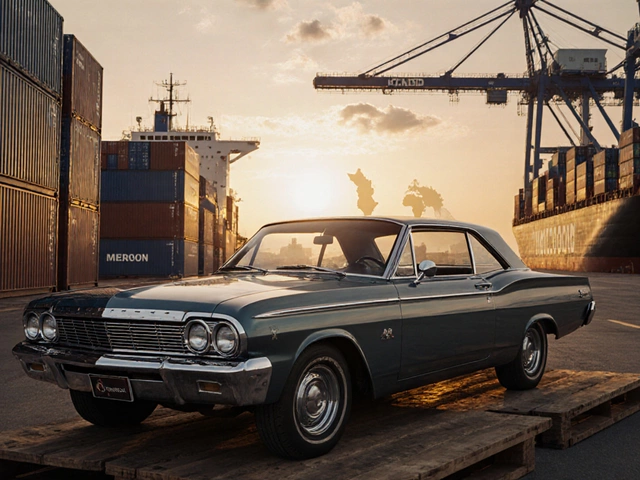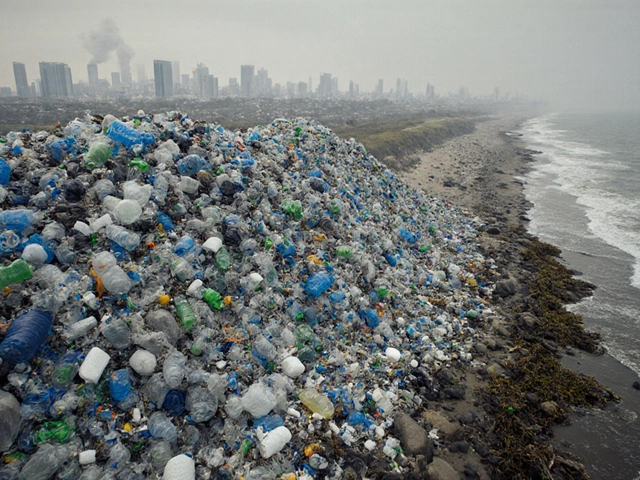Import Regulations: A Practical Guide for Indian Businesses
Thinking about bringing goods into India? Whether you’re a small entrepreneur or a large manufacturer, you’ll hit customs at some point. The good news is the process isn’t rocket science – you just need to know which forms to fill, what taxes apply, and how to keep the authorities happy. Let’s break it down so you can move product without getting stuck in paperwork.
Key Documents You Can’t Forget
The first hurdle is paperwork. The core document is the Bill of Lading, which proves you own the cargo. Next up is the Commercial Invoice – it tells customs the value, description, and HS code of each item. The HS (Harmonized System) code is the secret key that determines duty rates, so get it right. Finally, you’ll need a Packing List, Insurance Certificate, and in many cases a Certificate of Origin if you want preferential tariffs.
Understanding Duties and Taxes
India levies a Basic Customs Duty (BCD) on most imports, typically ranging from 0% to 30% of the declared value. On top of that, there’s an Integrated Goods and Services Tax (IGST) that matches the domestic GST rate for the product. Some items, like certain chemicals or medical devices, may have additional safeguards such as an Anti‑Dumping Duty or a Safeguard Duty. The total landed cost is the sum of the product price, BCD, IGST, and any other surcharges.
Take car imports as an example. Importing a vehicle involves a 100% customs duty on the FOB price, plus a 28% IGST and a cess that can push the final cost over 150% of the original price. That’s why many buyers wonder if it’s cheaper to import a car at all. Our guide on "Importing a Car to India" walks you through the exact numbers so you can decide wisely.
Chemical imports face their own set of rules. Certain chemicals are listed on the Chemical Import Registration (CIR) schedule, meaning you must get prior approval from the Ministry of Environment. Failure to register can lead to seizure or hefty fines. The post "Chemical Shortages in India" explains how these regulations affect supply chains and what manufacturers can do to stay compliant.
Food and agricultural products bring additional layers like the Food Safety and Standards Authority of India (FSSAI) clearance. Without a valid FSSAI certificate, even a small batch of spices can be held at the port. The same logic applies to medical supplies, where the Central Drugs Standard Control Organization (CDSCO) checks for safety and efficacy before letting anything in.
One trick to reduce duty exposure is to use a Free Trade Agreement (FTA) if your supplier is from a partner country. For instance, products from countries like Thailand or Sri Lanka may qualify for lower BCD under the ASEAN‑India FTA, provided you have a valid Certificate of Origin. Always verify the latest FTA rates because they change with each renegotiation.
Finally, keep a tight record of all imports. Customs can audit you for up to five years, and missing a single document could trigger penalties that hurt cash flow. Use digital tools to store invoices, shipping orders, and compliance certificates in one place. This habit not only saves time but also builds credibility with banks and investors.
Import regulations may look intimidating, but with the right checklist and a bit of research, you can navigate them smoothly. Start by identifying the HS code, gather the required documents, calculate all duties, and secure any special clearances before your cargo arrives. Follow these steps and you’ll avoid surprises, keep costs under control, and focus on growing your business rather than fighting customs.





